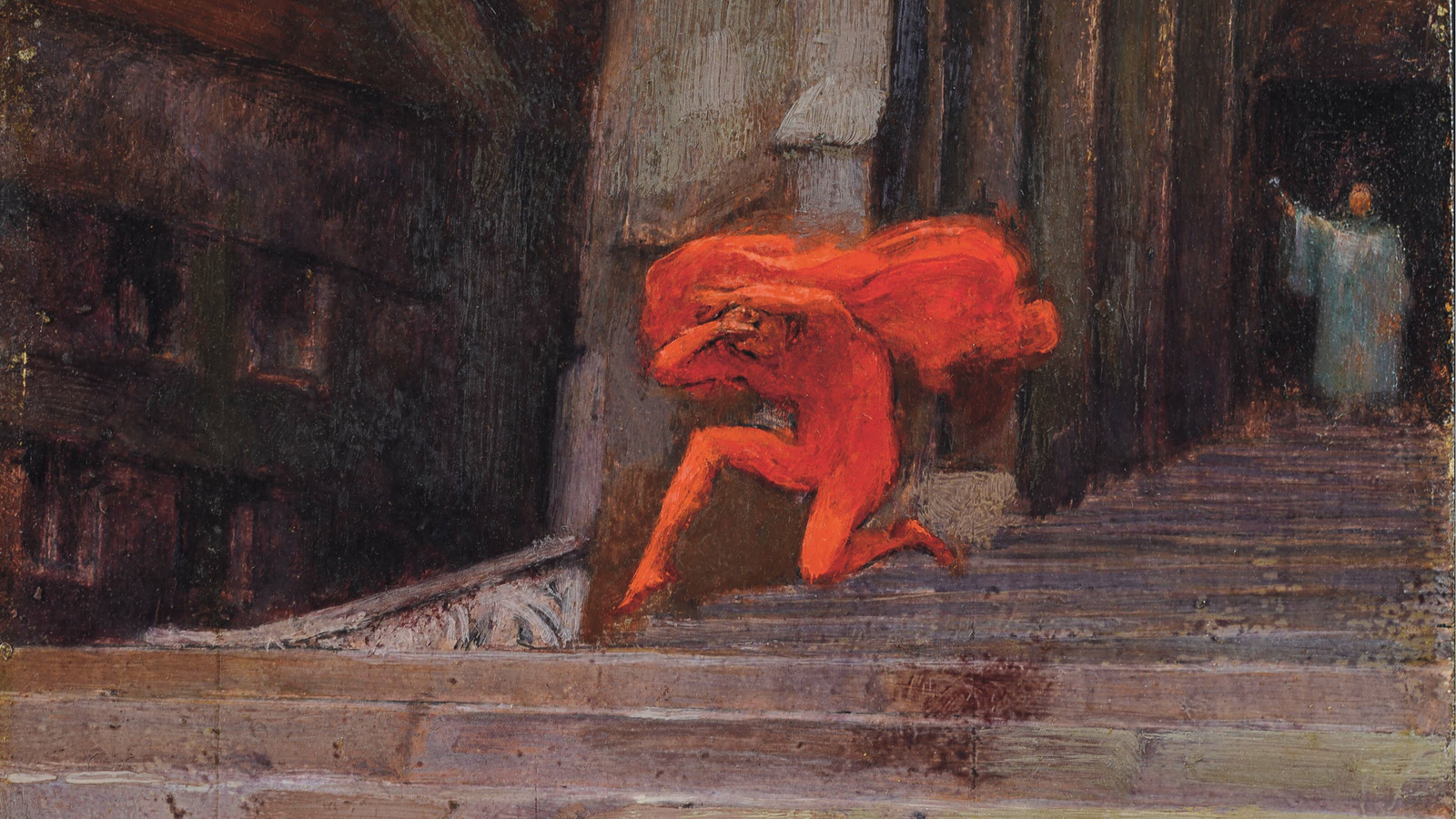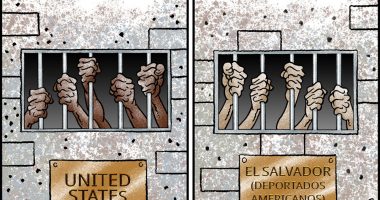
Over generations, many writers and artists have imagined the appearance of the devil. But the sheer variety of those depictions — is he a beautiful angel plummeting to Earth? A grotesque demon in a dark pit? A hunky rebel? — belie the truth. We have no clue what the devil is really supposed to look like. At least, not if we’re trying to go off the Christian Bible.
Some early depictions even put the devil in close visual quarters with angels. In Ravenna, Italy, a sixth-century Byzantine mosaic in the Basilica of Sant’Apollinare Nuovo appears to have the earliest known depiction of Lucifer. Yet, instead of glowering from hell, this Satan sits to the left of Jesus, depicted in a serene blue while standing before a trio of goats. That’s a reference to Matthew 25:31-46, in which Jesus is predicted to separate the believers (sheep) from the unbelievers (goats), sending the devilish goats off to eternal punishment. But this devil looks hardly devilish and, in fact, appears almost identical to the red-clad angel watching over the sheep.
So, how did we get to the horned, hairy, goat-hoofed version of the devil? It could be that medieval artists who depicted the devil as an animalistic demon drew inspiration from pagan gods, like the ancient Greeks’ half-goat Pan, in conjunction with the association between Satan and goats established in Matthew.









